For the love of advertising
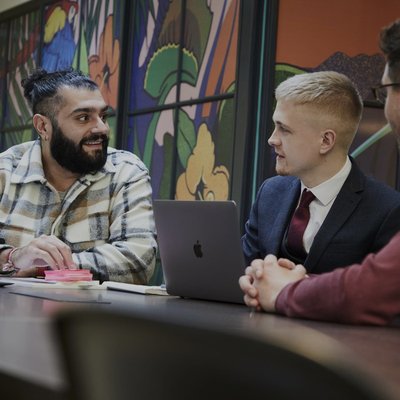
We asked members of the RKH team what they love most about working in advertising and creative – he…
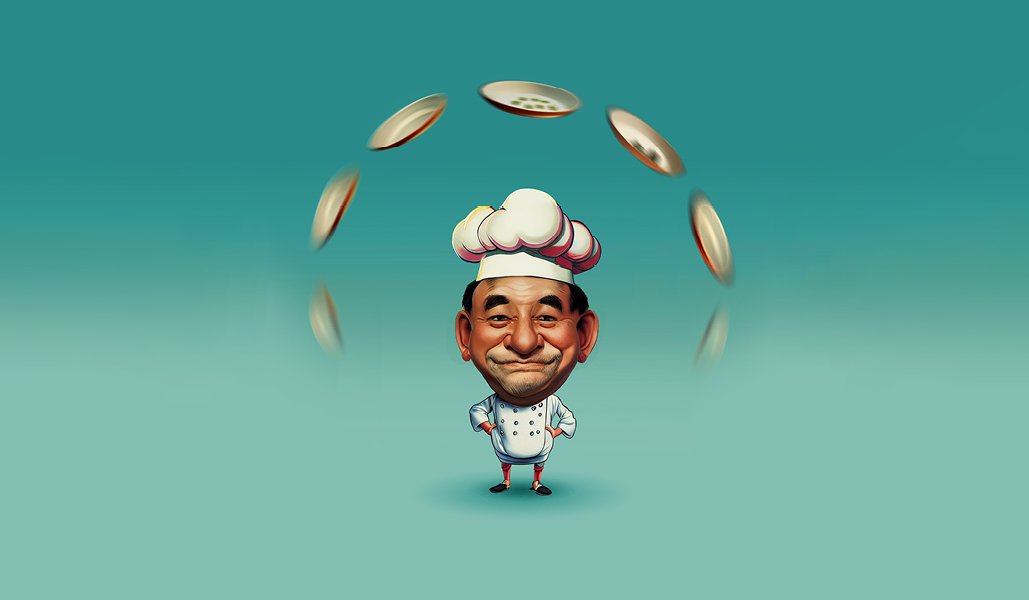
Our Lead Creative, Dom, tasked two AI image generators to develop an advertising campaign for his fictional app to see just how capable the technology is.
With a plethora of Artificial Intelligence (AI) technology platforms now available and its use more commonplace than ever before, I wanted to put a couple of the popular AI image generating sites to the test.
Seeing that the likes of Cosmopolitan Magazine have been creating an AI-generated cover, I began to think, could I create a fictitious advertising campaign, purely from AI-generated imagery?
A concept generated by the human mind alone
The fictitious product I was going to advertise was a business productivity app named ‘Yes Chef’ which, for the purposes of this experiment, has the ability to take various administrative tasks and streamline them, saving the user time to run their business.
I devised a headline idea: “Stop spinning plates and let Yes Chef take your business pain points away” which ties neatly into the ‘chef’ theme of the product name and gave me a visual metaphor to work with when generating the imagery.
So far of course, no AI has helped me here - I’m relying on my good old-fashioned human brain power for conceptual thinking.
DALL-E 2 and Midjourney
With the idea of visualising a chef spinning plates above their head in my mind, I signed up to a couple of the image generating platforms and dived straight in.
The premise behind both DALL-E 2 and Midjourney is straightforward. You enter the text-based search term for the image that you want it to generate, and hey presto, the platform creates the image for you via a clever algorithmic search of its extensive library of reference imagery. In a few minutes the platform generates a selection of image options; you then have the ability to either refine one of the options further, edit and re-submit your search or, if you’re satisfied with one of the results, download the image.
It’s fair to say that, although blown away by the potential, I wasn’t satisfied for a while and had to really refine the search terminology to make progress. Searching for ‘A chef spinning plates above their head’ only served to confuse Midjourney and the initial results were patchy at best.
What the algorithm really struggled to interpret was that I wanted a complete chef character, to put their arms above their head, and for them to visually spin plates. I got some chef reference points, like the chef’s hat and apron, but it couldn’t give me everything all at once.
It also introduced me to some built-in biases that I hadn’t anticipated. Midjourney overwhelmingly thought my chef should be male, of East Asian origin and have a humorous, caricaturesque appearance. You can of course refine the search terminology to bypass such biases, for instance: ‘Photorealistc, serious female chef, spinning plates above her head’.
This helps but of course, but the longer the search term, the more options the algorithm has to balance and the more sporadic the results become.
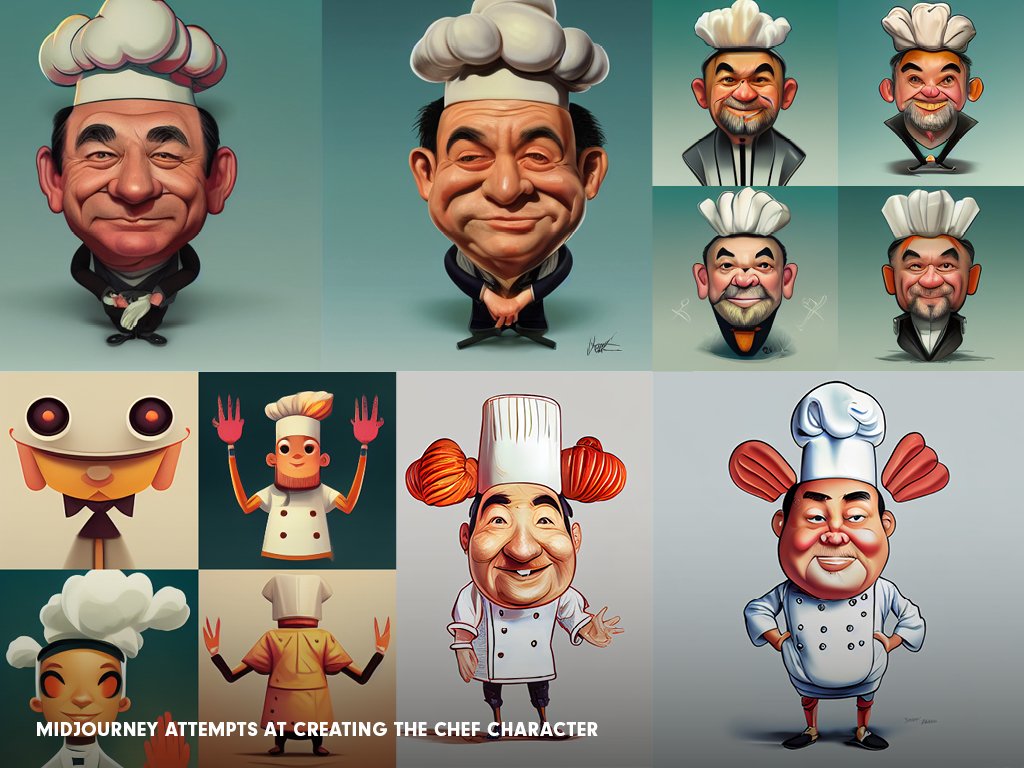
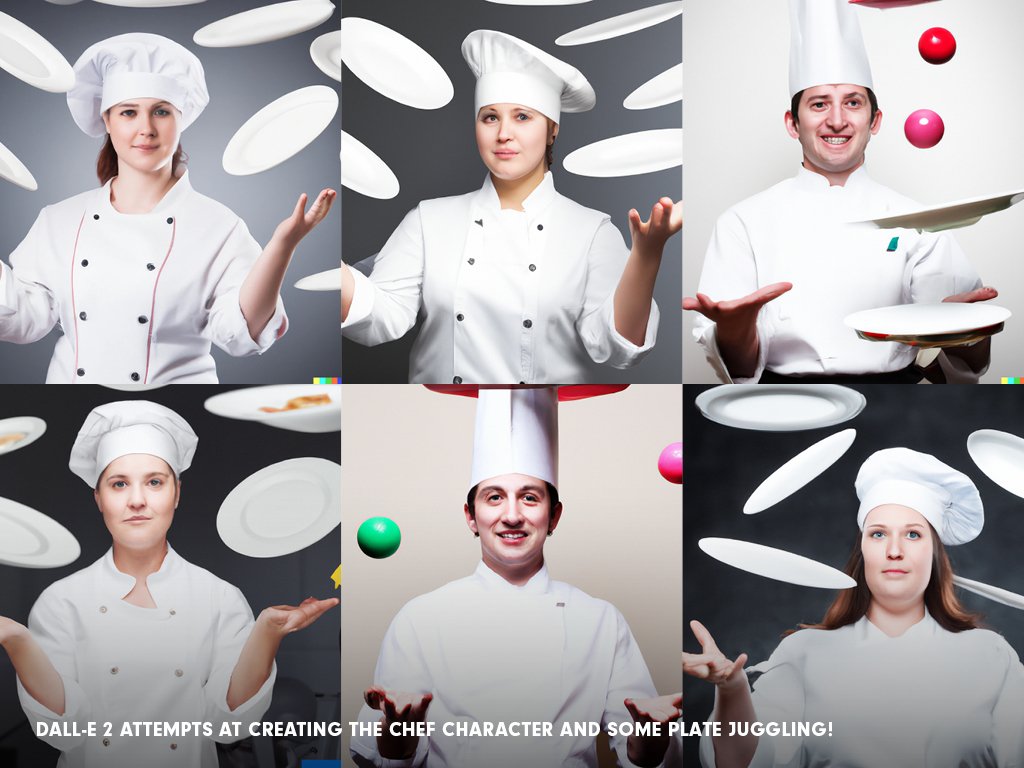
In contrast to Midjourney, the DALL-E 2 platform was much better at generating a photo-realistic style and actually managed to combine images of a chef balancing plates reasonably well.
Something that both platforms suffered with was the ability to generate hands… they really, really struggled here. Obviously capturing the complex anatomical movements of multiple fingers is a step too far!
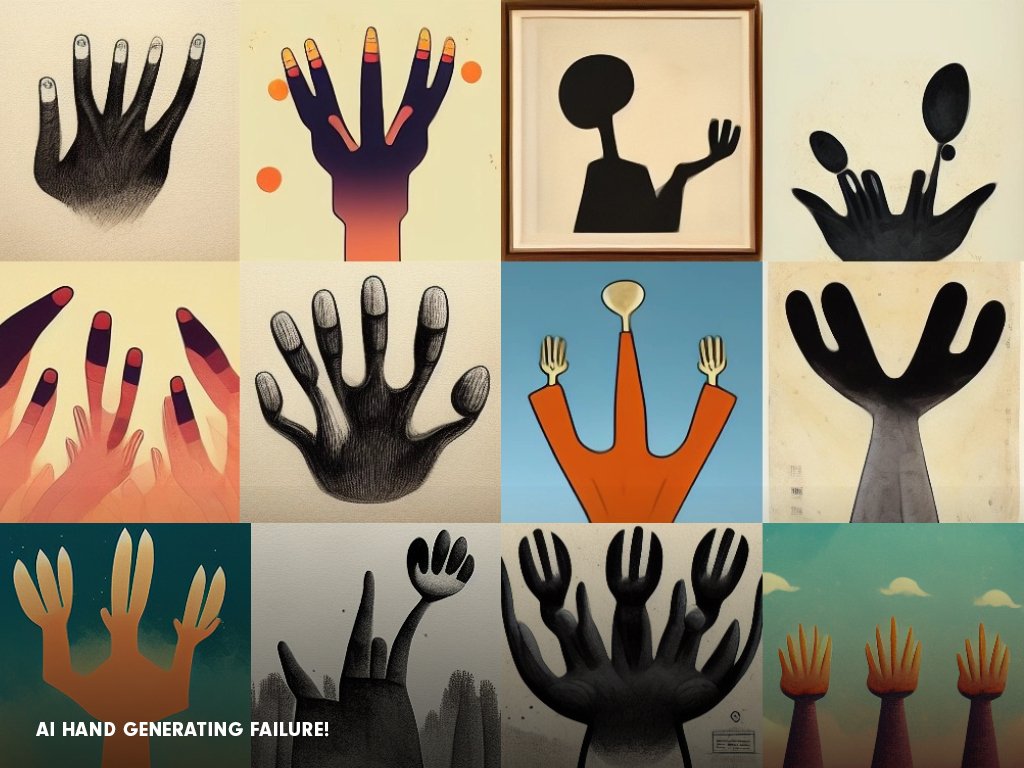
Changing tact
Factoring in these algorithmic limitations and working with the power, I changed track at this point and decided that I needed to build the composition manually, using a selection of images generated by multiple searches, rather than one search that would generate the entire image.
This allowed me to create better quality individual images and to faithfully create the composition I held in my head. ‘Spinning plates’ was one search term and ‘chef character wearing an apron’ was another and so on. I then pieced together the best visual assets in Photoshop to create the compositions below.
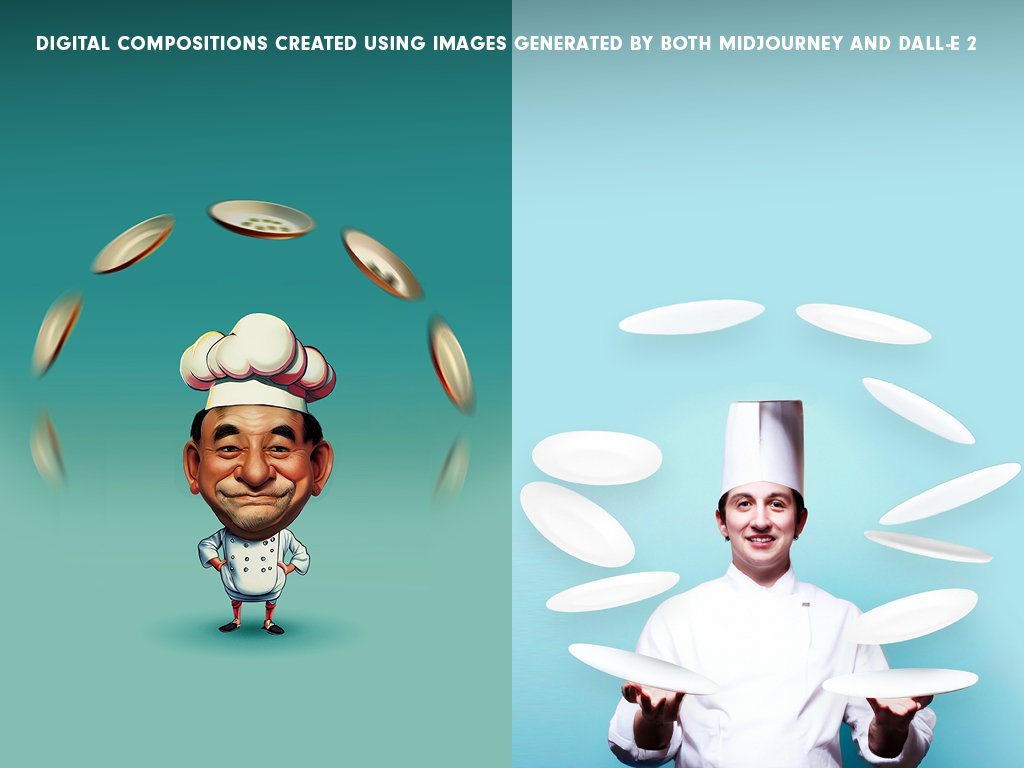
With the composition complete and the canvas extended to fill an A4 sheet, I dropped in the headline that I manually set and added a logo for my fictitious product.
The font was selected by me and composed manually, but the chef’s hat and chef character seen in the logos were completely created using AI.
And here are the results:
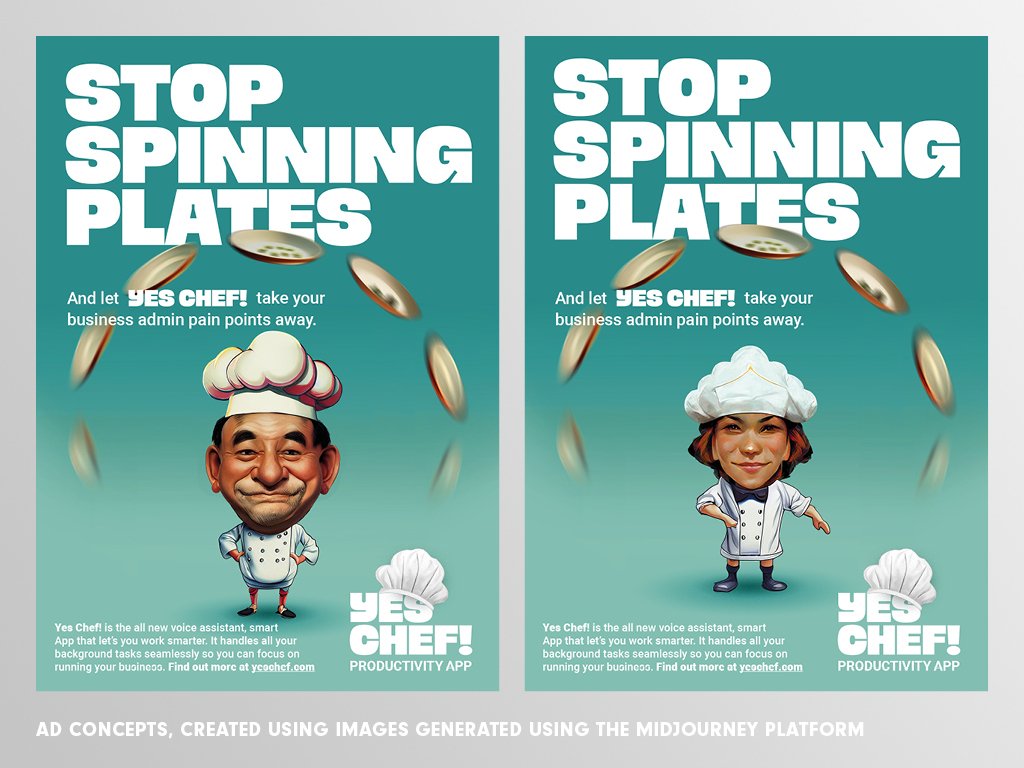
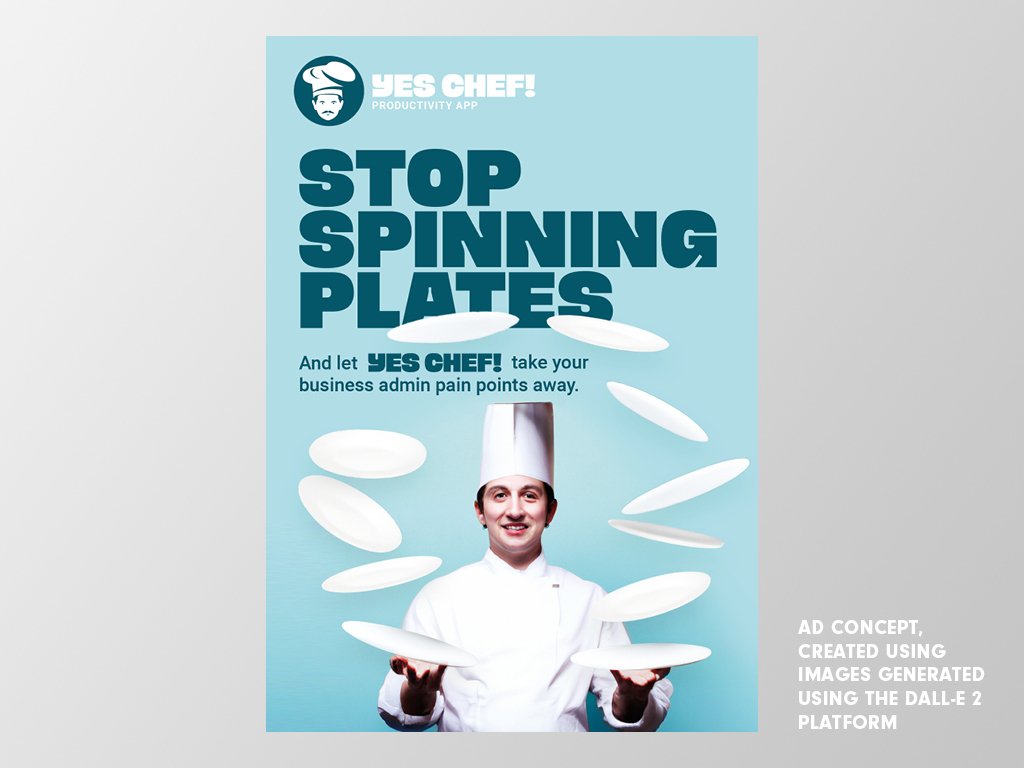
Conclusions
Could I create an advertising concept for a client, purely using AI to create the imagery? No.
But could AI support the work by generating some imagery? Quite possibly. It could also become very useful in generating modern scamps and sketches of ideas with a client.
My fictitious ads here probably aren’t suitable as real world ads, but they make great conceptual proofs to communicate an idea and direction of travel with a client before they commission a photoshoot or an illustrator to create a bespoke image, for example.
In short, this technology that feels like the future holds real world possibilities today.
The potential and power of AI platforms to generate images for us is undeniable. However, we’re at the start of the journey here and whilst there is potential, there are limitations and ethical considerations to balance.
Disclaimer: AI image generators trawl a library of existing imagery to compose the image which they present to you. This raises ethical questions as artists, illustrators and photographers are currently unable to opt out of their original works being used to create new, AI generated imagery. No credit is given to the originators of the imagery that the AI software uses so the copyright ownership of the resulting imagery is left in a legal minefield. DALL-E assures users that they retain the full commercial rights of the imagery they create using the platform, although others dispute this licensing claim. The images used in the article above were created for editorial purposes and are not being used for commercial purposes. As this technology is still at it’s infancy we’d encourage all our client’s to seek legal advice on any AI generated imagery that they wish to publish.